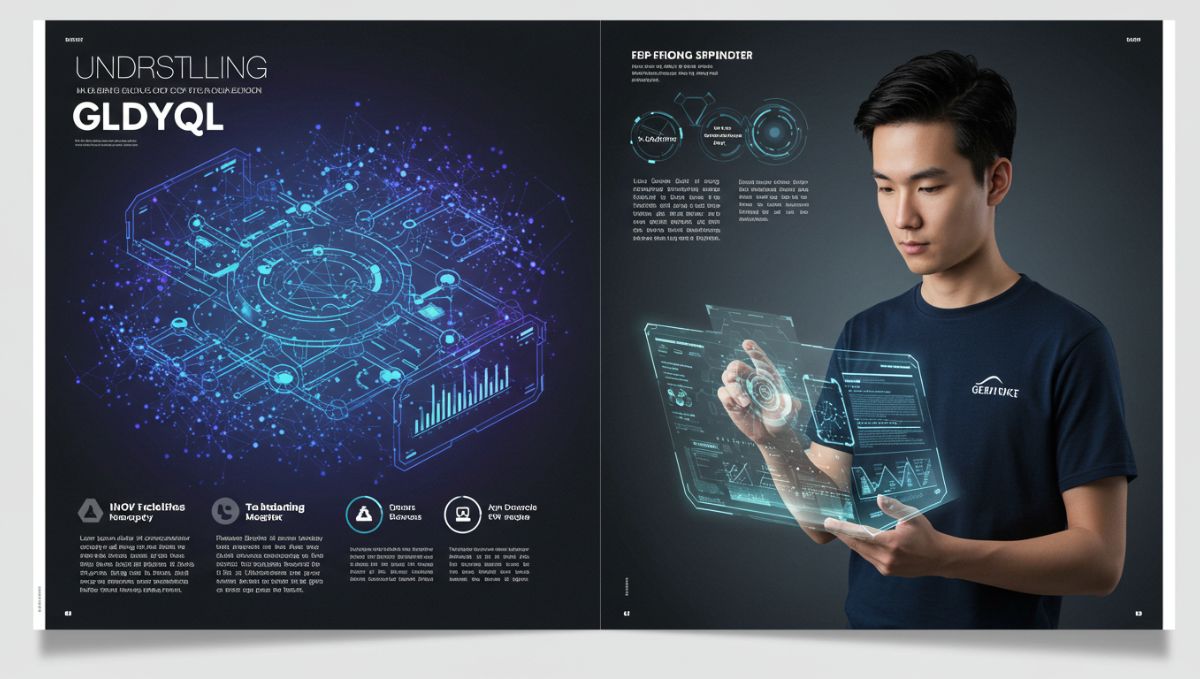In the fast-evolving landscape of digital innovation, few terms have generated as much curiosity and speculation as gldyql. Whether you’re a tech enthusiast, data analyst, or casual browser, understanding gldyql could provide valuable insights into the direction technology is heading. This article breaks down the concept, its origins, practical applications, and its future role in tech ecosystems.
What Is Gldyql?
Although still emerging, gldyql is believed to be a hybrid data structure protocol designed to optimize query processing across distributed networks. Unlike traditional models, gldyql emphasizes lightweight computation, efficient data access, and multi-layer abstraction, which makes it suitable for high-speed environments like decentralized platforms and blockchain-based applications.
At its core, gldyql blends elements of graph-based querying with layer-specific filters, allowing systems to fetch precise data without heavy loads on the backend.
The Origin and Evolution of Gldyql
The origin of gldyql remains somewhat obscure, as it seems to have evolved organically from open-source discussions, particularly in blockchain and semantic web communities. Early developers experimented with combining GraphQL-like querying models with distributed ledger technology (DLT) to reduce data retrieval times and enhance on-chain data filtering.
Over the past year, several experimental platforms have begun implementing early versions of gldyql, with GitHub repositories showing signs of increasing collaboration between data scientists and blockchain developers.
Key Features of Gldyql
The innovative structure of gldyql offers several notable features that set it apart from conventional querying methods.
1. Layered Query Resolution
Instead of pulling data through a monolithic API structure, gldyql breaks down queries into modular segments. Each segment resolves within its specific data layer, improving performance and reducing load time.
2. Lightweight Data Transfers
One of the primary goals behind gldyql is to make data requests lightweight and fast. By using streamlined query definitions, systems can transmit only the essential data fragments required for processing.
3. Decentralized Compatibility
Many query systems struggle with decentralized architecture due to latency and scalability issues. Gldyql is designed with decentralized infrastructures in mind, offering peer-to-peer query support and asynchronous resolution.
4. Enhanced Filtering Mechanism
Traditional query languages often require post-processing to filter results accurately. Gl-dyql includes an embedded filtering system, enabling more refined data sorting at the source.
Applications of Gldyql in Modern Tech Environments
The adaptability of gldyql makes it suitable for a wide array of contemporary applications.
Blockchain and Web3 Projects
One of the most promising applications of gl-dyql lies in Web3 platforms. These decentralized ecosystems often require querying across multiple smart contracts or chains. With its modular design, gldyql allows users to pull transaction data, token metadata, or event logs with minimal overhead.
IoT and Edge Computing
In edge computing environments, devices process data locally before syncing with the cloud. Gldyql can enable these devices to perform micro-level data requests, enhancing speed and reducing bandwidth usage.
AI and Data Modeling
Modern AI applications often rely on dynamic datasets spread across various sources. Gl-dyql allows AI models to fetch specific training or inference data from layered data pools, making it ideal for real-time model updates.
Content Delivery Networks (CDNs)
CDNs rely on fast access to cached data. Gldyql’s lightweight structure makes it a strong candidate for smart caching systems, where only necessary segments are updated or replaced.
Benefits of Implementing Gldyql
Improved Efficiency
Thanks to its modular query resolution, gl-dyql reduces server load and speeds up data delivery. This makes it ideal for both low-latency applications and large-scale distributed systems.
Scalability
Unlike many traditional querying languages that falter as data scales up, gl-dyql was designed with horizontal scalability in mind. Each data layer can operate semi-independently, ensuring performance remains consistent.
Flexibility
Whether integrated into decentralized applications (dApps) or centralized data infrastructures, gldyql adapts easily without requiring full-stack rewrites.
Security and Privacy
With its peer-to-peer query design, gl-dyql can support end-to-end encryption and zero-trust frameworks, increasing the privacy of sensitive data transfers.
Limitations and Challenges
Despite its potential, gl-dyql also faces several limitations that could hinder widespread adoption.
Lack of Standardization
As a relatively new concept, gl-dyql still lacks formal industry standards or best practices, which makes interoperability across platforms a challenge.
Steep Learning Curve
Developers familiar with SQL or GraphQL may need additional training to understand gldyql’s layered syntax and structure.
Limited Tooling
As of now, there are few development tools or IDE extensions that support gl-dyql, slowing down adoption and testing.
The Future of Gldyql
The next few years could be pivotal for gl-dyql, especially as organizations push further into decentralized, data-driven architectures. Open-source initiatives, academic research, and real-world testing will likely shape its roadmap.
Experts believe that if tooling improves and the community around gldyql grows, it could become a mainstay querying language alongside SQL, GraphQL, and REST.
How to Get Started with Gldyql
If you’re interested in exploring gldyql for your next project, here are a few steps to begin:
-
Join developer communities on GitHub and Discord focused on emerging query languages.
-
Experiment with open-source repositories using gldyql-like structures.
-
Start small: Build a microservice or query layer using gl-dyql concepts to test feasibility.
-
Share findings: The best way to help gl-dyql grow is by contributing documentation, tutorials, or code improvements.
Final Thoughts on Gldyql
As technology shifts toward decentralization, modularity, and real-time data access, tools like gldyql could be critical to the next wave of development. While still in its early stages, the design philosophy behind gl-dyql addresses some of the most pressing issues in distributed systems and data interoperability.
For developers, researchers, and businesses seeking future-ready solutions, learning about and experimenting with gl-dyql today might offer a competitive edge tomorrow.

